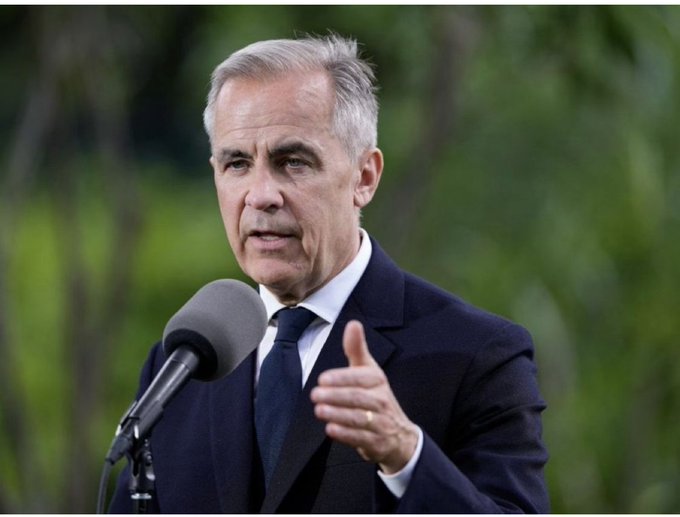Well, folks, it looks like Canada’s media bailout is about as effective as a screen door on a submarine. More on this below. Keep reading if you want to witness the art of throwing good money after bad!
In spite of recent reports indicating a decline in Canadians’ trust in traditional media outlets, the Canadian federal government, led by Prime Minister Justin Trudeau, is considering extending its multi-million-dollar bailout program for mainstream media beyond its original end date in 2024.
As reported by Blacklock’s Reporter, Trudeau’s cabinet hinted at the possibility of extending the 5-year, $595 million bailout for mainstream media, which was initially scheduled to conclude in March 2024. This suggestion comes shortly after an executive order on September 6, appointing press lobbyist Bob Cox to the Independent Advisory Board on Eligibility for Journalism Tax Measures. Notably, Cox had played a role in advocating for these bailouts in the first place.
The primary responsibility of this board is to evaluate subsidy applications submitted by publishers for final approval, a decision ultimately resting with the Minister of Revenue. According to the notice, Cox’s term on the board is set at “two years during pleasure.”
During his tenure as the chair of the Canadian Newspaper Association, Cox successfully advocated for media subsidies, asserting during 2019 House of Commons finance committee hearings, “We will have to save ourselves.” At that time, he argued that a five-year bailout was an “appropriate period of time for the transition,” acknowledging that not all news outlets and newspapers could be sustained indefinitely.
Back when Cox was the publisher of the Winnipeg Free Press, his share of subsidies amounted to approximately $1 million annually. In total, the federal government provides over $1 billion in subsidies to legacy media in Canada each year.
In late 2018, Prime Minister Trudeau pledged that his Liberal government would provide an additional $595 million in federal aid to legacy media, including the Canadian Broadcasting Corporation (CBC), over the following five years to support the struggling industry. According to the CBC’s 2020-2021 annual report, the network receives approximately $1.24 billion in public funding annually, constituting roughly 70 percent of its revenue.
Trudeau’s subsidy program offers newspapers around 25 percent in payroll rebates, equating to approximately $13,750 per newsroom employee. Additionally, publications receive a 15 percent tax credit for all their subscribers.
Despite the substantial allocation of tax dollars to fund media outlets, recent research from Canada’s Public Health Agency reveals that the majority of Canadians have developed a notably low level of trust in both the federal government and mainstream media.
Testimonies provided during an April 27, 2023, Senate Transport and communications committee meeting disclosed that the Department of Canadian Heritage managers conceded that the bailout program did not preserve jobs or assist legacy newspapers. Thomas Ripley, associate assistant deputy minister, testified to witnessing a significant decline in journalism.
Moreover, the CBC, which receives the largest share of bailout funds from the government, has been mired in controversy in recent times. In May of this year, former CBC journalist Marianne Klowak made shocking revelations that reporters were discouraged from covering stories critical of COVID vaccines and lockdowns, instead being encouraged to promote government “propaganda.” Klowak had previously exposed in June 2022 that the CBC had intentionally skewed its reporting on COVID-19 vaccinations. Several other CBC reporters have also left their positions citing biased COVID news coverage.
In January 2022, journalist Tara Henley resigned from the state broadcaster and penned a scathing critique in which she remarked on the rapid and dramatic shift in the politics of the public broadcaster.










